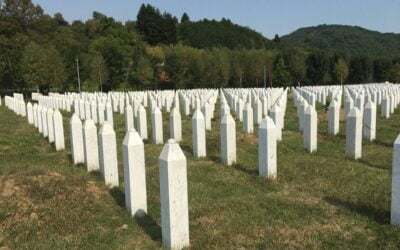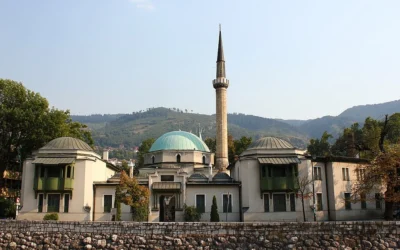Tunnel of Hope
The Sarajevo Tunnel, also known as Tunel spasa (Tunnel of salvation) and Tunnel of Hope, was a tunnel constructed between March and June 1993 during the Siege of Sarajevo in the midst of the Bosnian War. It was built by the Bosnian Army in order to link the city of Sarajevo, which was entirely cut off by Serbian forces, with Bosnian-held territory on the other side of the Sarajevo Airport, an area controlled by the United Nations.
The tunnel linked the Sarajevo neighbourhoods of Dobrinja and Butmir (giving it the name “Tunnel D-B”), allowing food, war supplies, and humanitarian aid to come into the city, and allowing people to get out. The tunnel became a major way of bypassing the international arms embargo and providing the city defenders with weaponry.
Construction of the tunnel began in secret on 1 March 1993 under the codename “Objekt BD”. The tunnel was to link Butmir and Dobrinja, two Bosnia-held neighborhoods; one inside Serbian siege lines and the other outside. Nedžad Branković, a Bosnian civil engineer, created the plans for the tunnel’s construction underneath the Sarajevo airport runway. However, because of the urgency of the construction, full costing and technical specifications were never made.
The construction was assigned to the First Corps Army of Bosnia and Herzegovina under the supervision of deputy commander General Rašid Zorlak. Beginning the project was difficult as there was a lack of skilled manpower, tools, and materials to complete the task. Consequently, the tunnel was dug by hand, with shovels and picks, and wheelbarrows were used to carry 1,200 cubic meters of detritus away. The tunnel was dug 24-hours a day, with workers working in 8-hour shifts digging from opposite ends. Its construction was financed by the State, the Army, and the City of Sarajevo. The workers were paid with one packet of cigarettes per day, an item that was in high demand and a prized bartering possession.
One source states that a total of 2,800 cubic metres of soil was removed and 170 cubic metres of wood and 45 tonnes of steel were used in the construction of the tunnel. The biggest technical problem was the underground water, which had to be frequently thrown out manually. Because of the permanent shelling, the tunnel was installed with a pipeline that was used for the delivery of oil for the town. Communication lines and electric cables donated by Germany were also installed so that Sarajevo had electricity and telephone lines connecting it with the world.
The construction of the tunnel was completed on 30 June 1993, when the two tunnels met in the middle. Use of the tunnel began the following day on 1 July 1993.





